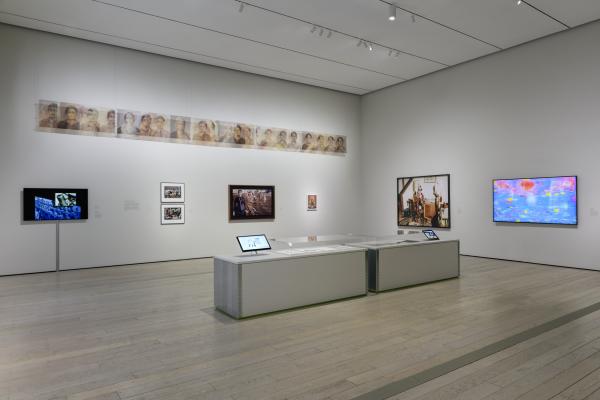Digital Witness: Revolutions in Design, Photography, and Film, now on view at LACMA through July 13, 2025, examines the impact of digital manipulation tools from the 1980s to the present, exploring the relationship between software development and artistic practice. To mark Earth Day on Tuesday, April 22, curatorial assistant Christianne Hanych spoke to Nicolas Paries of Hey Low, a leader in low-carbon web design, and members of the design team behind Low-tech Magazine’s low-carbon website: Roel Roscam Abbing, Marie Otsuka, and Marie Verdeil. The Low-tech Magazine website and image design are featured in Digital Witness.
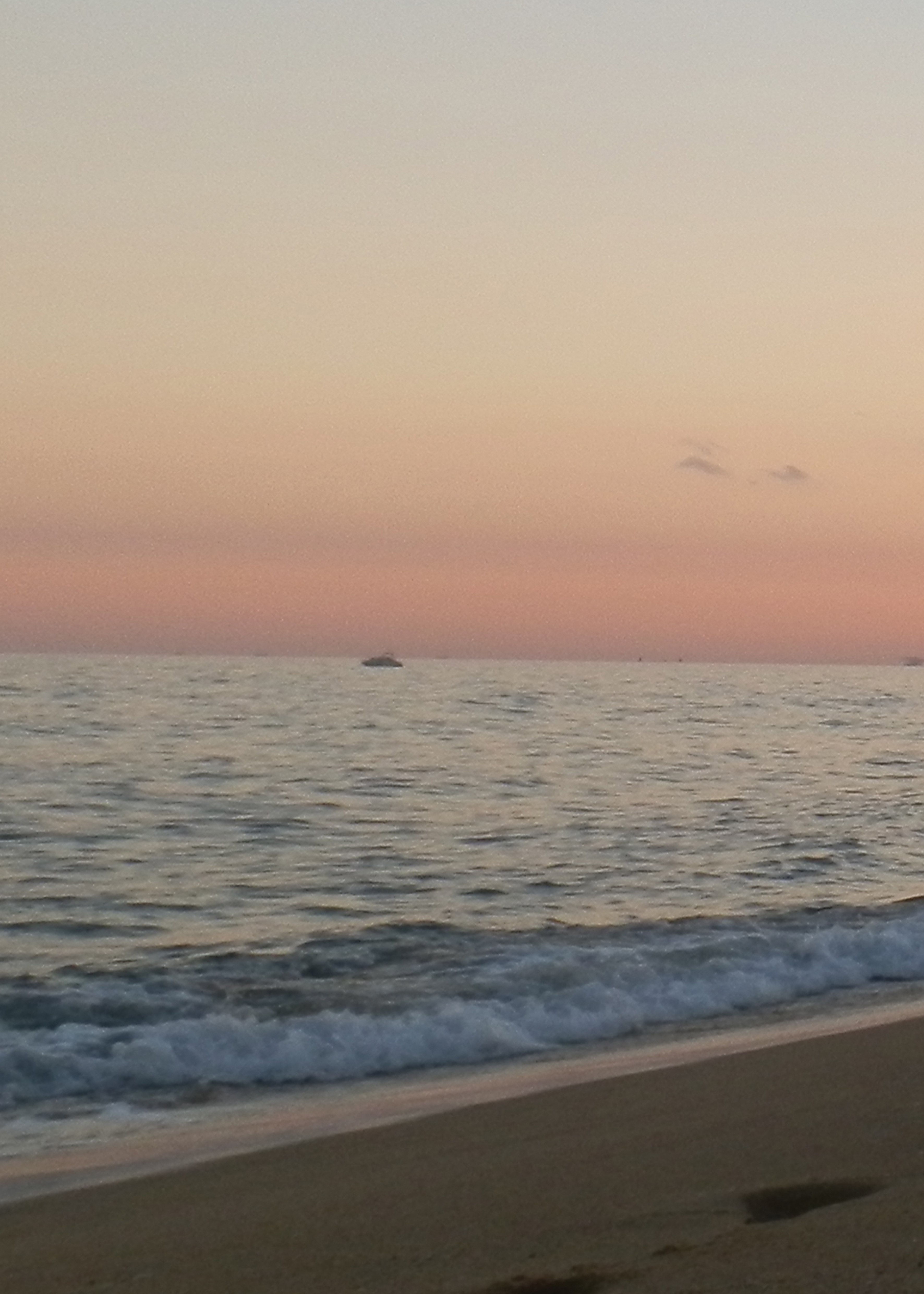
While the internet may seem weightless, every website we visit carries a carbon footprint. From the energy powering servers and data centers to the electricity consumed by our devices, our digital interactions contribute to global carbon emissions, but visionary designers have been rethinking how websites can be built and optimized for greater sustainability.
We spoke with two groups committed to low-carbon web design: Nicolas Paries, founder of Hey Low, and the dedicated team behind Low-tech Magazine's solar-powered website. Their insights reveal how thoughtful design choices can dramatically reduce a website's environmental impact, all while prioritizing functionality and aesthetics.
At the heart of low-carbon web design lies the principle of efficiency. This means minimizing data loading requirements, eliminating unnecessary elements, and streamlining code. Traditional web design often favors rich media, autoplay videos, and elaborate animations that consume energy. Yet, low-carbon web design dares to challenge these conventions.
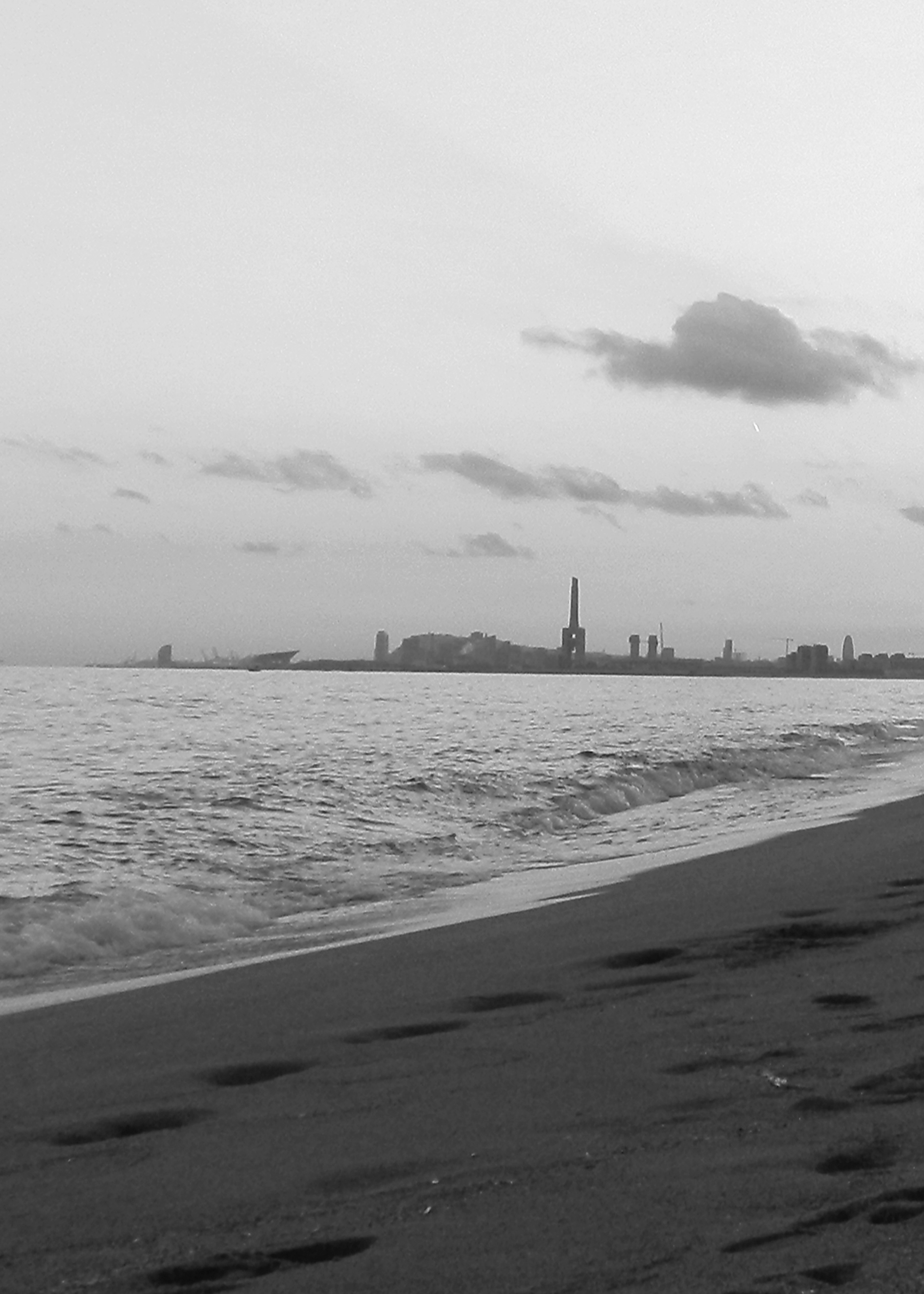
Paries highlighted the power of optimizing images and file formats. “Black-and-white images are smaller in size than color images, and vector graphics can scale without increasing file size,” he shared. Embracing static illustrations or monochrome photographs instead of video and animated graphics, or better yet, using text-based designs, can significantly lower a site’s carbon footprint. Utilizing system fonts—already installed on most devices—further minimizes external downloads and optimizes performance.
The team behind Low-tech Magazine showcased an inspiring commitment to efficiency in their website rebuild. Designers Marie Otsuka, Marie Verdeil, and Roel Roscam Abbing collaborated with founder Kris De Decker to transition from a complex content management system to a streamlined static site. Unlike content management systems, which serve dynamic pages on demand and often rely on large, resource-intensive frameworks, static sites deliver prebuilt pages directly to the browser, requiring substantially less energy. This innovative shift drastically reduced energy consumption while enabling local data storage and access. Initially using Pelican, a Python-based static site generator, they later adopted Hugo for enhanced performance. The team further reduced data transfer by employing browser default fonts, while their dithered monochrome images allowed for impactful visuals with minimal energy cost. These intentional choices champion sustainability and enhance the magazine's unique visual identity.
The choice of hosting is equally vital. Designers like Paries prioritize hosting services powered by renewable energy—a small yet meaningful step that significantly reduces a project’s carbon footprint.
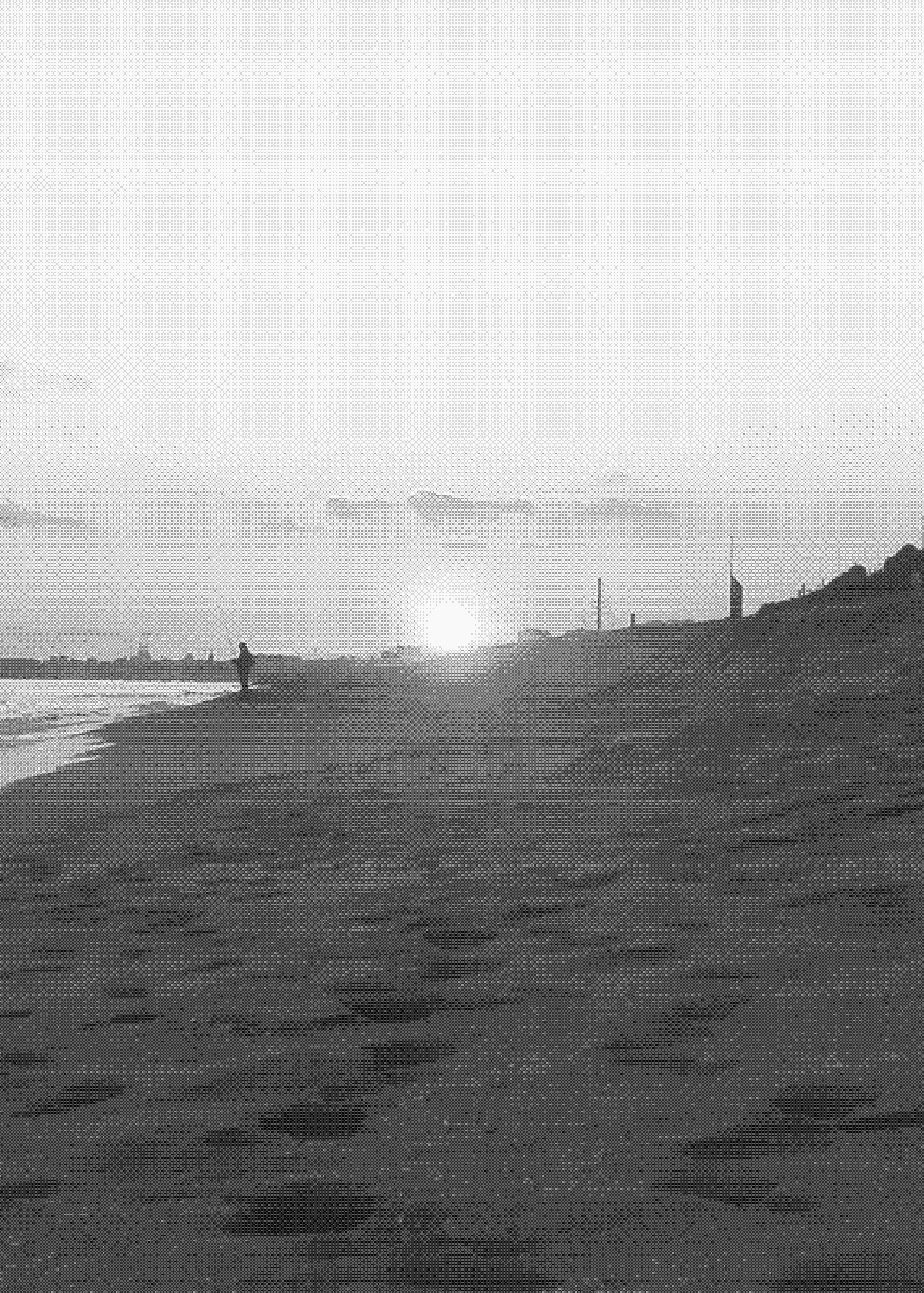
Going a step further, Low-tech Magazine established its self-hosted solar-powered server to run the website entirely on solar energy, occasionally going offline during extended cloudy weather. To keep visitors informed, they include a battery meter on the site displaying real-time solar energy levels.
The Low-tech Magazine website can be explored online and in Digital Witness: Revolutions in Design, Photography, and Film. Curators Staci Steinberger and Britt Salvesen discovered the low-carbon design movement during their research for the exhibition, and they chose to highlight the website's unique visual identity, including its signature dithered images. The prints that accompany the display reveal the beauty of this technique using a 2018 photograph by founder Kris De Decker of a beach in Barcelona, now submerged due to climate change. Presented in four stages, the image illustrates how dithering not only reduces data but also creates a harmonious aesthetic that aligns with the site’s low-energy infrastructure. This piece powerfully shows that sustainable design can be both expressive and thematically significant.
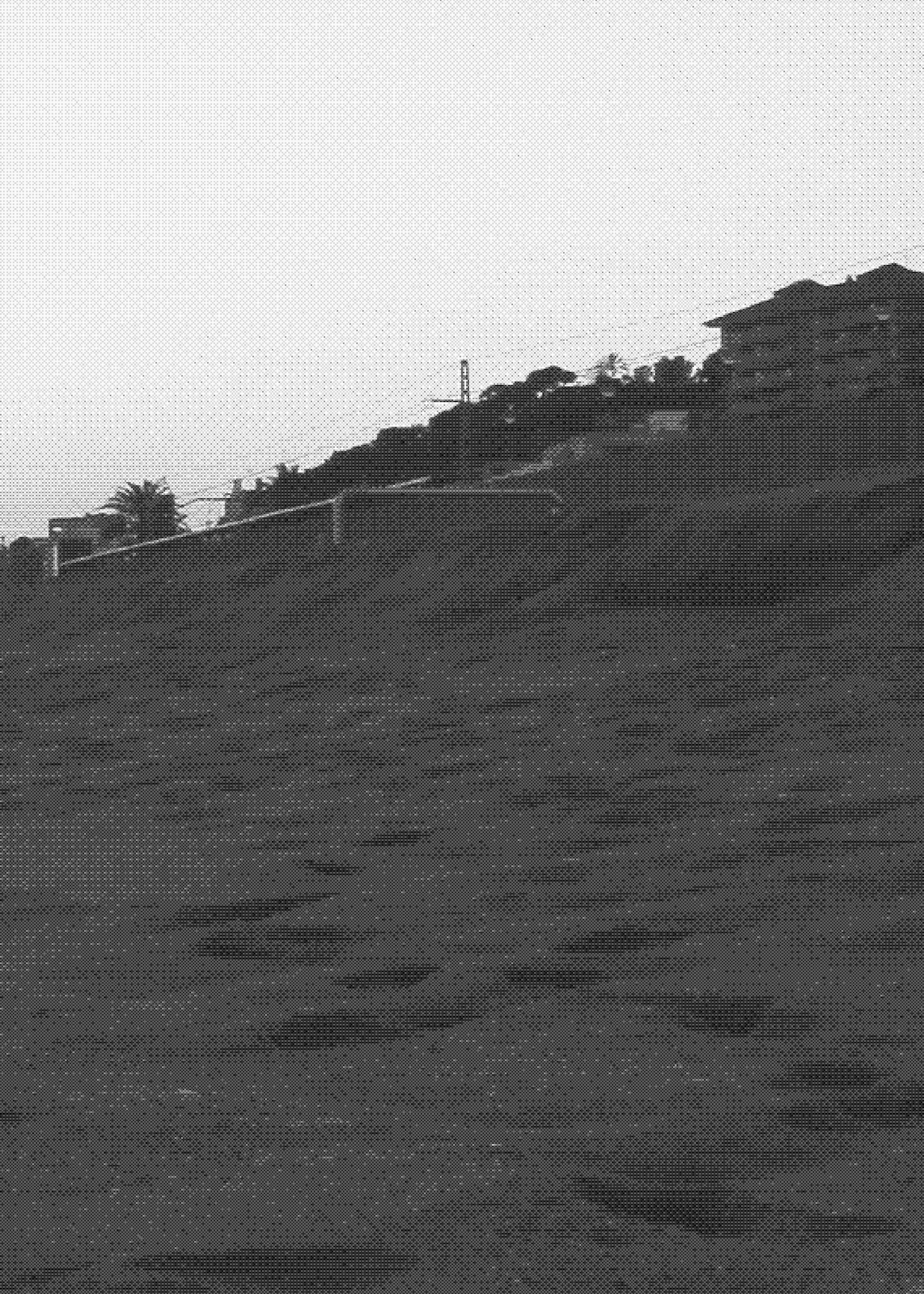
Low-carbon web design is a burgeoning field, and resources supporting it are expanding rapidly. Paries pointed out GreenFrame, an open-source tool designed to help developers detect carbon leaks in their sites. Other leading voices in the space include Wholegrain Digital—creators of the Website Carbon Calculator—and the Sustainable Web Design site by Mightybytes, which offers tools, case studies, and practical guidance for teams looking to reduce their digital footprint.
As our digital interactions continue to surge, the need for responsible design choices becomes more urgent. The work of designers like Paries and the Low-tech Magazine team reminds us that every design decision carries weight. By reimagining the tools we use and the priorities we uphold, we can help shape a greener digital future.



